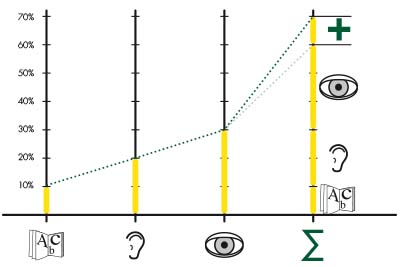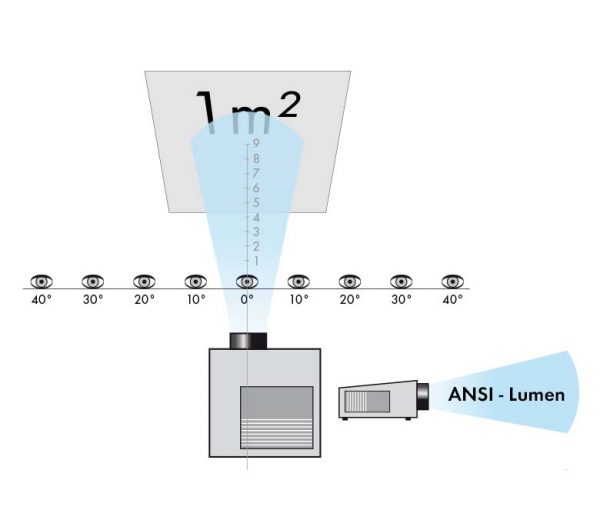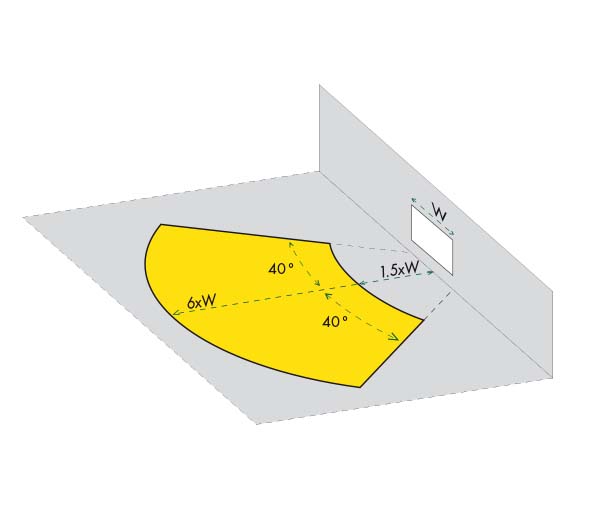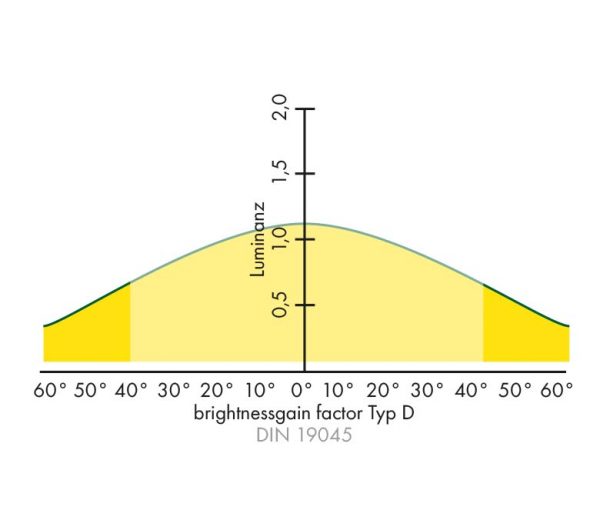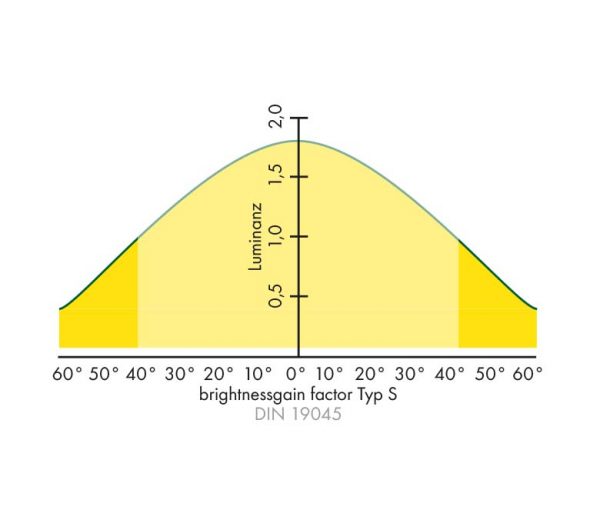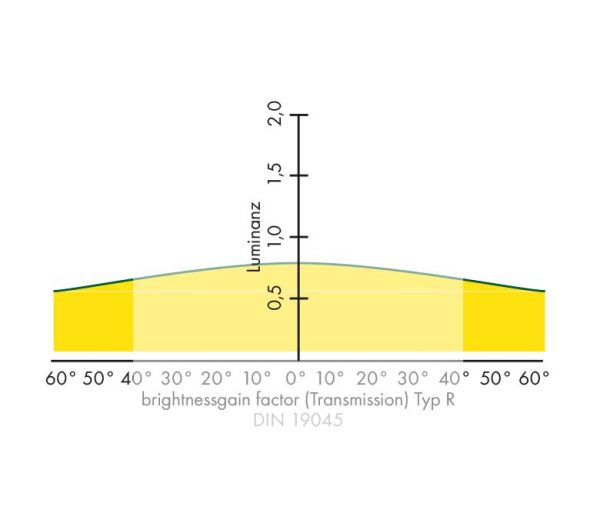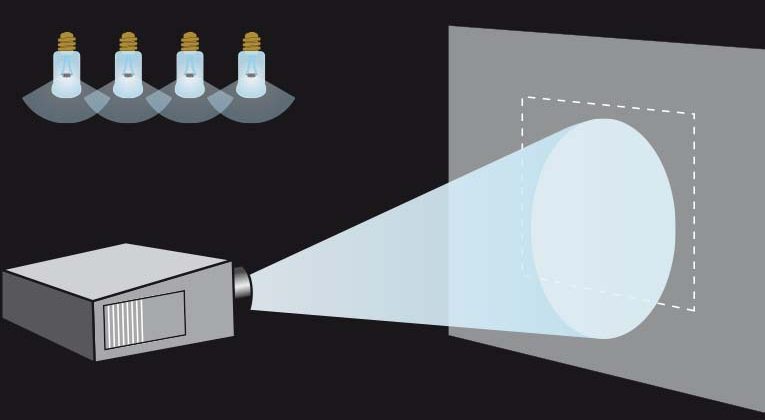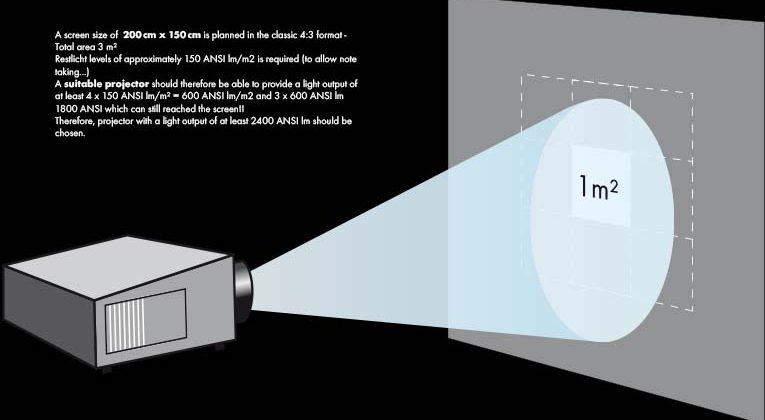Good projections and presentations that the viewer is sure to remember as a “bright experience” require not only a big, beautiful picture, but it must also be possible to see them clearly in all their detail and to process them quickly and comfortably.
Since the majority of all the content presented is perceived and processed visually by the human eye,
the success of your projection or presentation is primarily dependent on optimally adjusting your projector and your screen to the physical limitations of human perception.
In addition to the limits of human optical perception, other technical conditions such as the influence of ambient light and room geometry may also be different.
Currently they are defined under DIN 19045, T1-T7 and serve as the guideline for all Tüchler projection screens / products. Furthermore, in accordance with this DIN standard, our Tüchler in-house metrology accompanies all current product developments and customer projects

